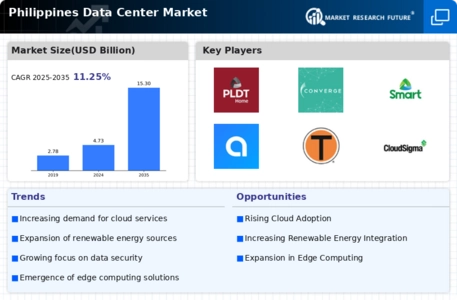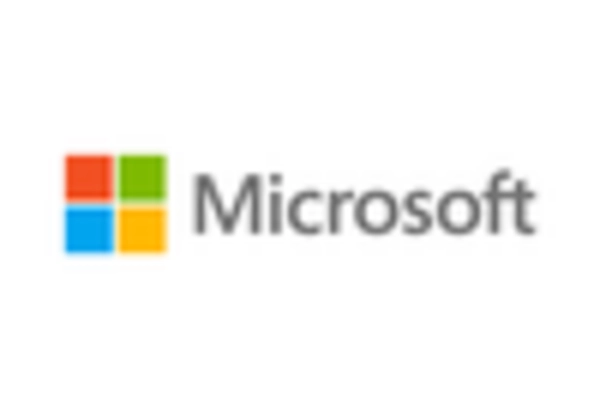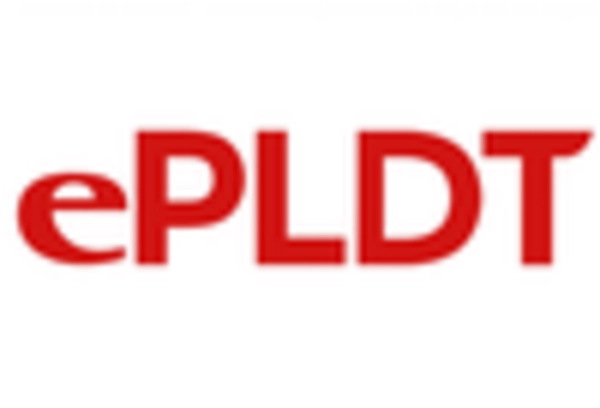Rising Cybersecurity Concerns
As digital transformation accelerates, the Philippines Data Center Market is witnessing a heightened focus on cybersecurity. Organizations are increasingly aware of the risks associated with data breaches and cyberattacks, prompting them to invest in secure data center solutions. The demand for advanced security measures, including encryption and multi-factor authentication, is on the rise. This trend is expected to drive the growth of specialized data centers that prioritize security and compliance. By 2025, the emphasis on cybersecurity is likely to shape the offerings within the Philippines Data Center Market, as businesses seek to protect sensitive information and maintain customer trust.
Increasing Digital Transformation
The Philippines Data Center Market is experiencing a surge in digital transformation initiatives across various sectors. Organizations are increasingly adopting digital technologies to enhance operational efficiency and customer engagement. This shift is driven by the need for real-time data processing and analytics, which necessitates robust data center capabilities. As of 2025, the demand for data storage and processing is projected to grow significantly, with estimates suggesting a compound annual growth rate of over 10 percent. This trend indicates that businesses are prioritizing investments in data centers to support their digital strategies, thereby propelling the growth of the Philippines Data Center Market.
Adoption of Edge Computing Solutions
The adoption of edge computing solutions is emerging as a significant driver for the Philippines Data Center Market. As businesses seek to reduce latency and improve the performance of their applications, the need for localized data processing is becoming increasingly apparent. Edge computing allows data to be processed closer to the source, thereby enhancing response times and reducing bandwidth usage. This trend is particularly relevant for industries such as telecommunications and IoT, where real-time data processing is critical. The growing interest in edge computing is likely to influence the design and operation of data centers in the Philippines, positioning the country as a key player in the evolving landscape of the data center market.
Government Initiatives and Incentives
Government initiatives aimed at promoting the Philippines Data Center Market play a crucial role in its growth trajectory. The government has introduced various incentives to attract foreign investments in technology and infrastructure development. These initiatives include tax breaks and streamlined regulatory processes, which encourage the establishment of data centers in the country. As a result, the Philippines is becoming an attractive destination for multinational companies seeking to expand their data center operations. The supportive regulatory environment is likely to foster innovation and enhance the overall competitiveness of the Philippines Data Center Market.
Expansion of E-commerce and Online Services
The rapid expansion of e-commerce and online services is a pivotal driver for the Philippines Data Center Market. With the increasing reliance on digital platforms for shopping, entertainment, and services, there is a corresponding rise in the demand for data storage and processing capabilities. As of 2025, e-commerce sales in the Philippines are expected to reach substantial figures, further necessitating the establishment of more data centers to handle the growing volume of transactions and customer data. This trend not only supports local businesses but also attracts international players, thereby enhancing the competitive landscape of the Philippines Data Center Market.

















Leave a Comment